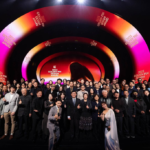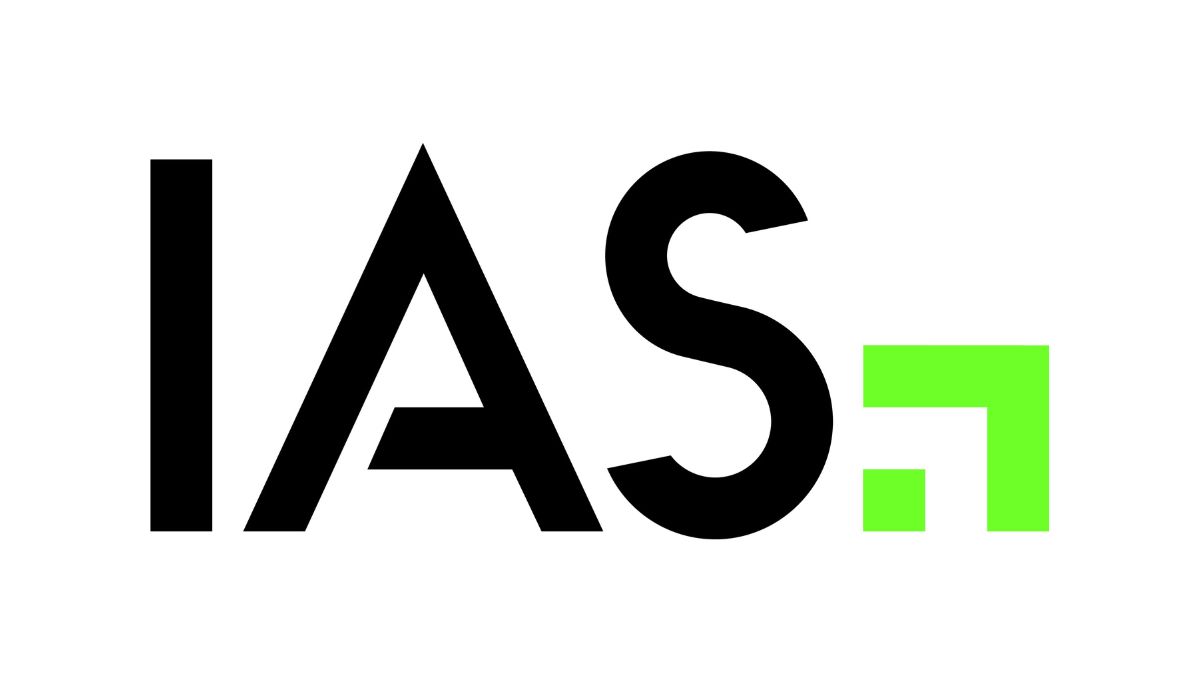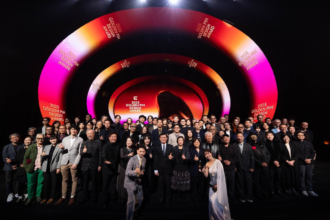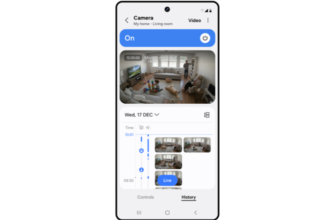- Sophisticated ad fraud initiatives now account for 15x higher fraud rates than when no pre-bid fraud protection is in place
- Desktop video viewability reaches record high of 83.9%, reflecting video’s continually increasing impact on media consumption
Australia – Integral Ad Science, a leading global media measurement and optimization platform, today released its milestone 20th edition of its Media Quality Report (MQR). Capturing insights from over 280 billion digital interactions daily across the globe, the MQR provides advertisers and publishers with vital benchmarks across display and video ad formats on desktop, mobile web, mobile app, and connected TV (CTV) environments to measure the quality and effectiveness of their digital media campaigns and inventory.
This year’s report spotlights the evolving dynamics of the digital advertising landscape with a focus on the open web. Key highlights include a significant rise in non-optimized ad fraud rates, an increase in the proportion of brand risk* attributed to offensive language and hate speech in these environments, and a stabilization of viewability rates as marketers shift toward new metrics such as attention.
“As digital media complexity accelerates, IAS remains steadfast in empowering our partners with the transparency, precision, and protection they need to succeed,” said Lisa Utzschneider, CEO of IAS. “The 20th edition of the MQR underscores the critical need for proactive media quality strategies to ensure marketers can drive performance while protecting their brands from the evolving and multi-faceted risks in the programmatic advertising landscape.”
Key global findings from the 20th edition MQR:
Ad fraud rates 15x higher for non-optimized campaigns
The MQR reveals that fraud rates for campaigns lacking fraud mitigation strategies (non-optimized) rose by 19.0% year-over-year – reaching a four-year high of 10.9% by the end of 2024. The rate of fraud in non-optimized campaigns was 15x higher than those campaigns that utilized anti-fraud technologies. Despite the increasing sophistication of fraudulent actors, campaigns that implemented fraud protection remained largely shielded, with optimized campaign fraud rates decreasing by 9.8% year-over-year globally to a steady 0.7%.
Offensive language, controversial content, and hate speech on the rise
While global brand risk overall decreased by 10.6% from 2023 (and down 39% from 2021) to a record low of 1.5%, the nature of brand risk is shifting. The share of content flagged for offensive language, controversial content, and hate speech on the open web increased to the highest levels seen since 2020. Globally, the share of offensive content rose by 72% year-over-year highlighting the evolving nature of online risk.
Global viewability rates stabilize
After years of consistent increases, global viewability rates plateaued in 2024, rising only 1.6% year-over-year. Notably, desktop video viewability increased by 5.4% to achieve a record high of 83.9%, reflecting continued growth in digital video consumption across every channel – both emerging and more traditional. While overall viewability remains high, marketers are beginning to prioritize additional measures of ad effectiveness, such as attention. By considering situational factors such as an ad’s environment, alongside interactions like clicks or eye movements, attention can approximate the extent to which impressions drive brand messaging allowing advertisers to optimize towards business results
Overall APAC highlights:
- Ad fraud in APAC mirrored worldwide trends, optimized ad fraud levels stayed the same year-on-year for desktop display (1.3%) and mobile web video (.3%). Desktop display fraud impressions fell from 1.1% to .8%, while mobile web display rose from .4% to .5%
- Viewability rates for the APAC saw desktop video increasing from 69.2% in 2023 to 88.9% in 2024, performing above the worldwide average of 83.9%. Mobile web video grew moderately from 81.6% to 83.3%.
- Time-in-view across APAC is higher than the worldwide average, surpassing EMEA and the America. While mobile app display reduced from 16.09 seconds in 2023 to 14.06 seconds in 2024, desktop display and mobile web display remained largely unchanged at 20.07 seconds and 15.74 seconds.
- Brand Risk: While overall brand risk decreased, APAC saw consistent increases in violence, offensive language, controversial content, and hate speech throughout the year. Violent content surged from 43.5% in H1 to 54.3% in H2 on desktop display in 2024.
Australia highlights:
- Ad fraud: Australia’s fraud rates in optimised campaigns are slightly higher than both global and APAC averages. Desktop display fraud sits at 1.5%, compared to 1.1% globally and 1.3% across APAC, highlighting the need for consistent fraud protection strategies.
- Viewability: Australia boasts some of the highest viewability rates in the region. Desktop video viewability hit 89.8%, while mobile app display reached 82.6%. Video ad completion rates are equally strong, with desktop video completion hitting 94.9% — a sign of mature creative optimisation and user engagement.
- Time-in-view: Australia shows strong time-in-view across mobile environments, with mobile web display averaging 15.75 seconds, well above the global benchmark of 13.65s. Mobile app display also holds steady at 13.11 seconds, indicating solid user engagement on mobile-first platforms. While desktop TIV trails slightly behind global averages, mobile continues to offer strong opportunities for deeper audience attention.
- Brand risk: Australia maintains moderate overall brand risk (1.4%) on desktop display. However, risk from offensive content and violence remains elevated, with 51.8% of brand risk on desktop display attributed to violent content, highlighting the need for continued use of brand suitability tools during key news cycles or political moments.
In its 20th edition, the MQR continues to serve as the trusted global standard for actionable digital media quality insights. As the digital ecosystem evolves rapidly with advancements in AI, changing consumer behaviors, as well as a shift towards performance-driven strategies, these insights continue to help advertisers, publishers, and platforms navigate these challenges and achieve superior results. IAS’s Research team analyzed the more than 280 billion digital interactions captured daily by IAS at the impression level to create the Media Quality report.
Download the full Media Quality Report from IAS here.
Legal Disclaimer: The Editor provides this news content "as is," without any warranty of any kind. We disclaim all responsibility and liability for the accuracy, content, images, videos, licenses, completeness, legality, or reliability of the information contained in this article. For any complaints or copyright concerns regarding this article, please contact the author mentioned above.















